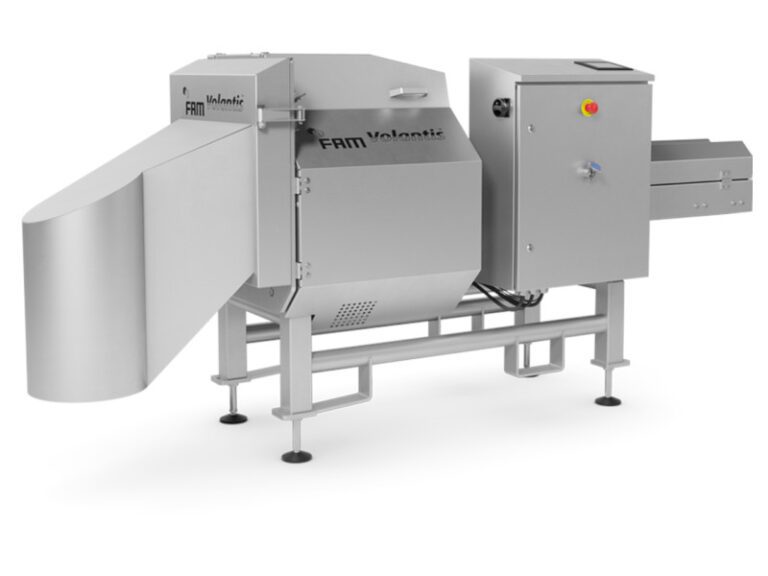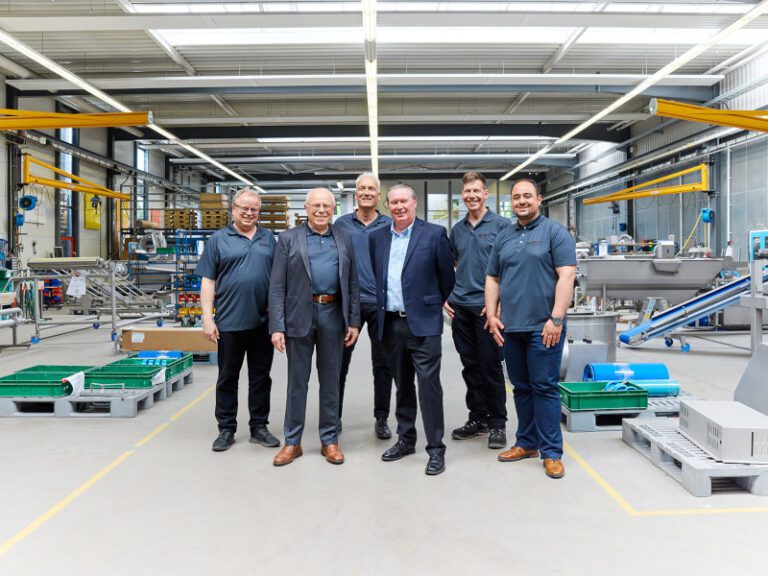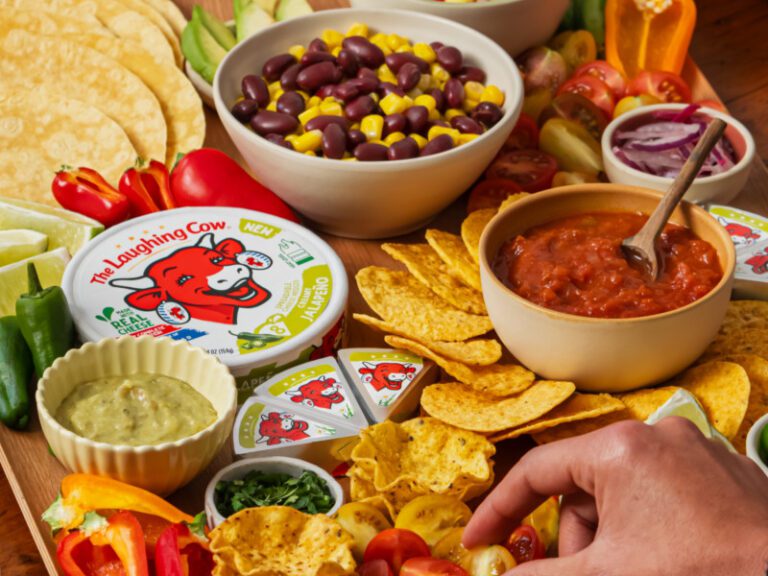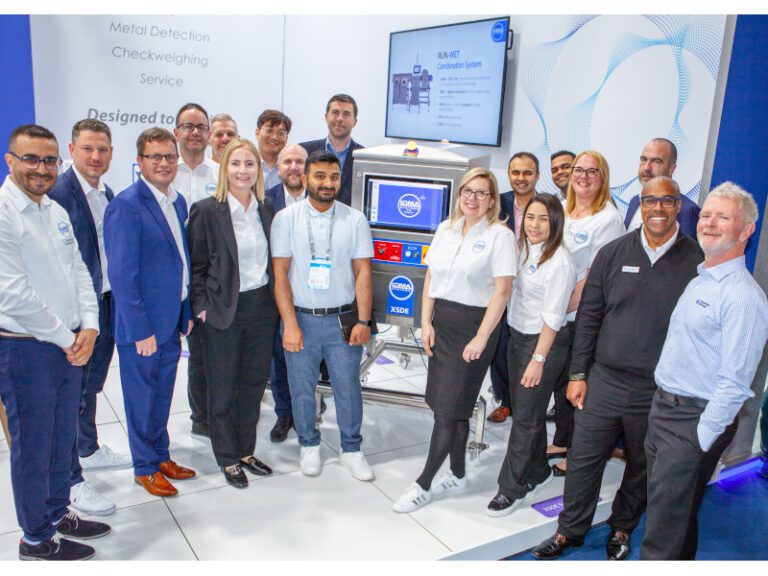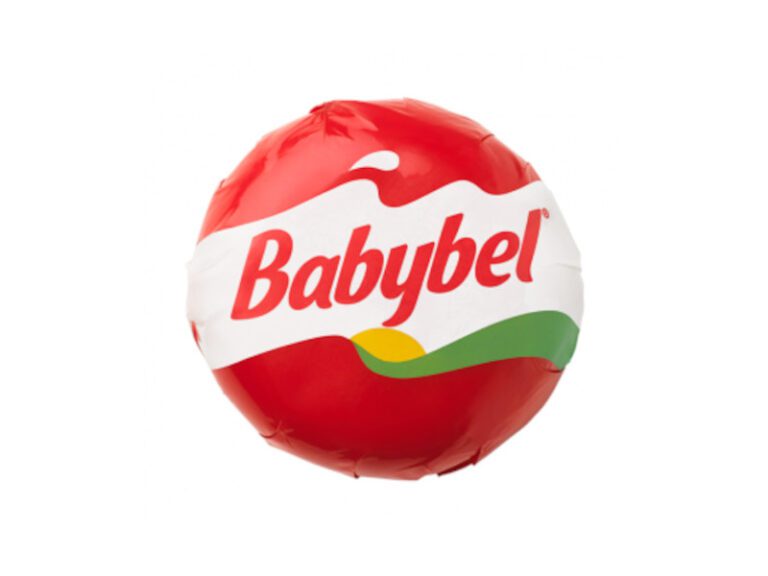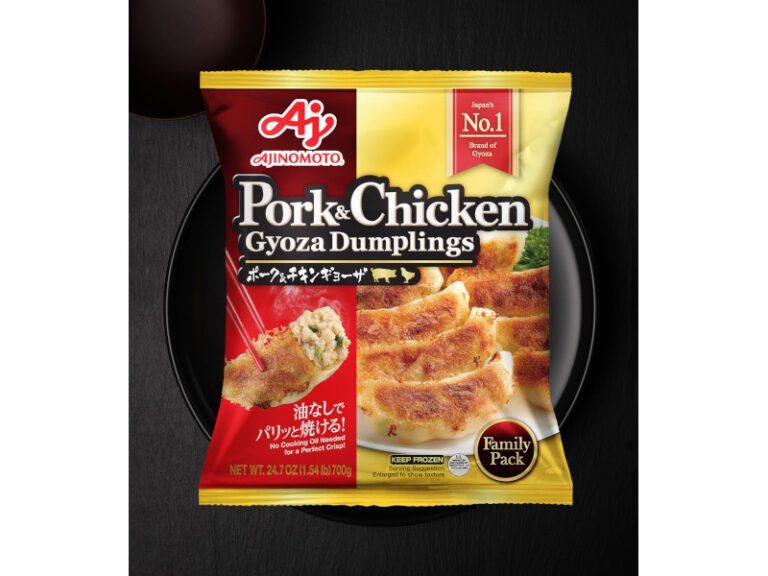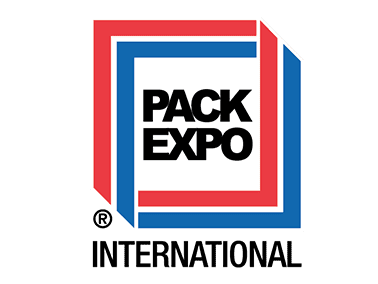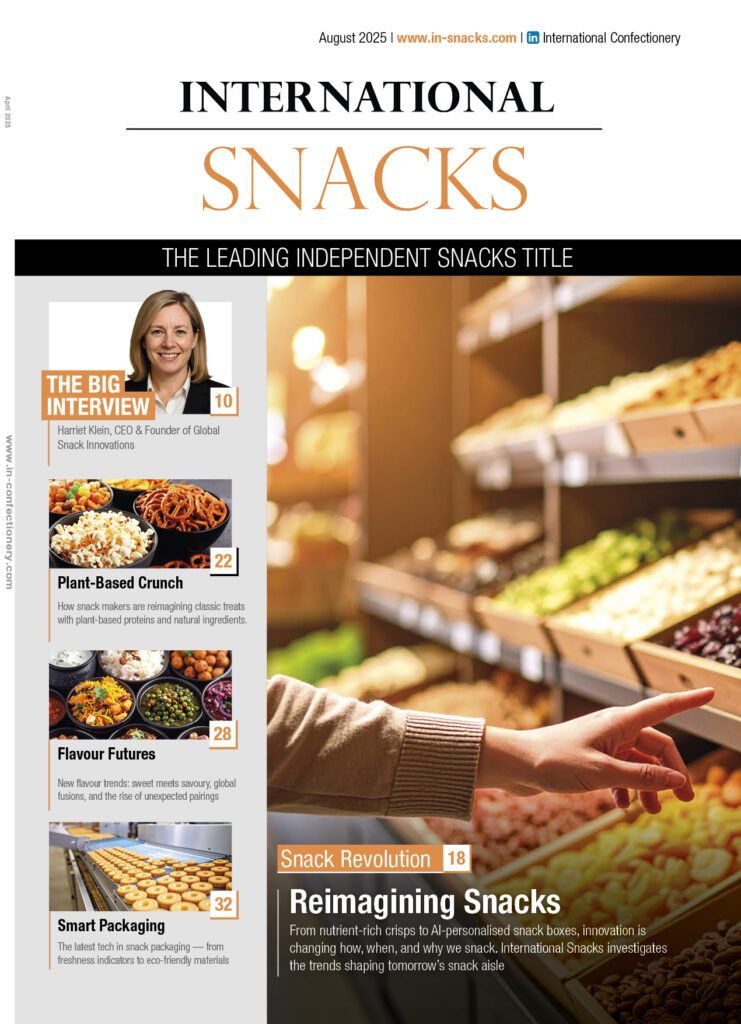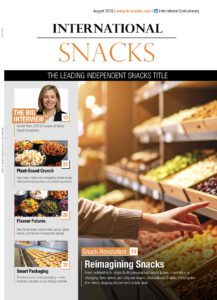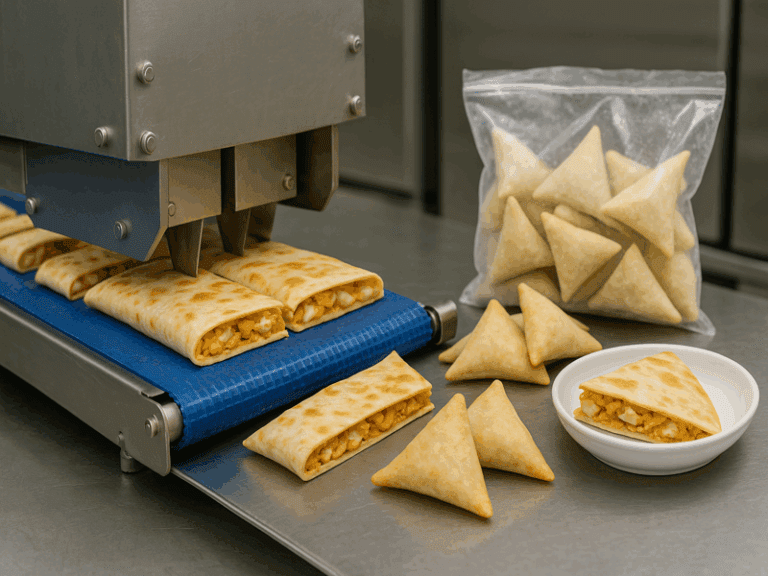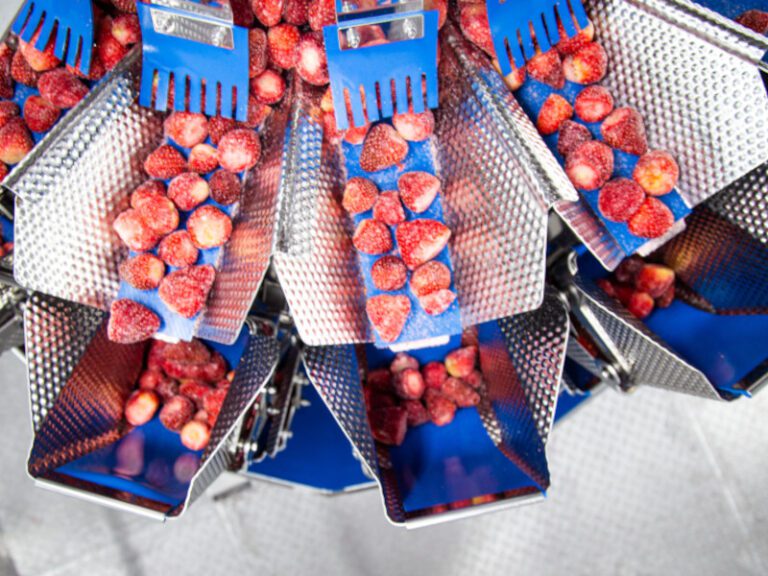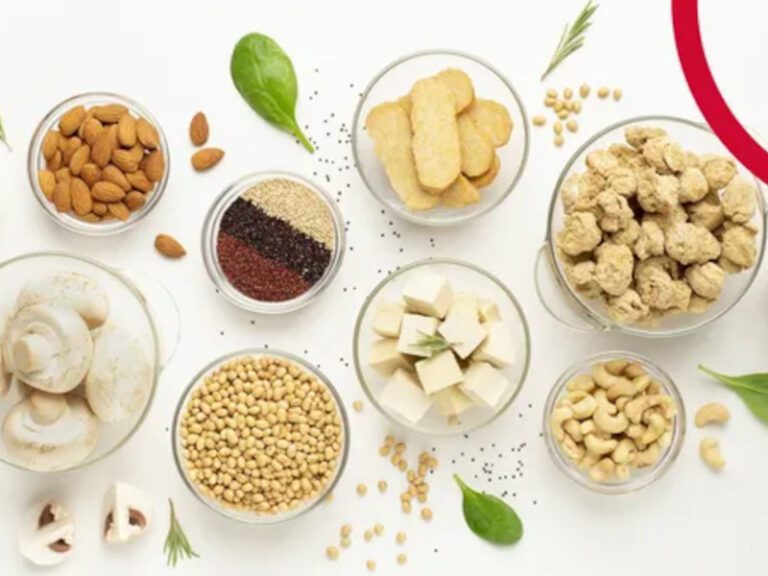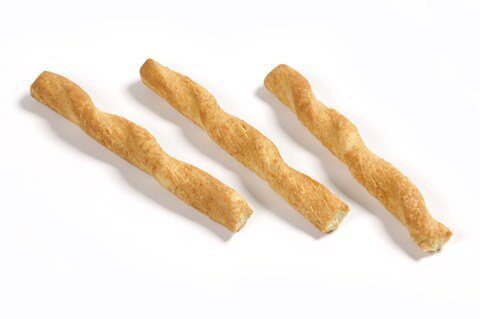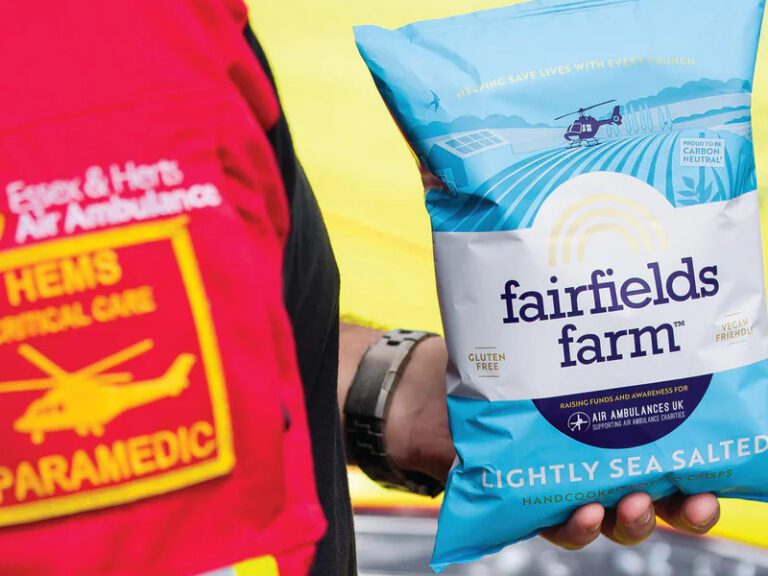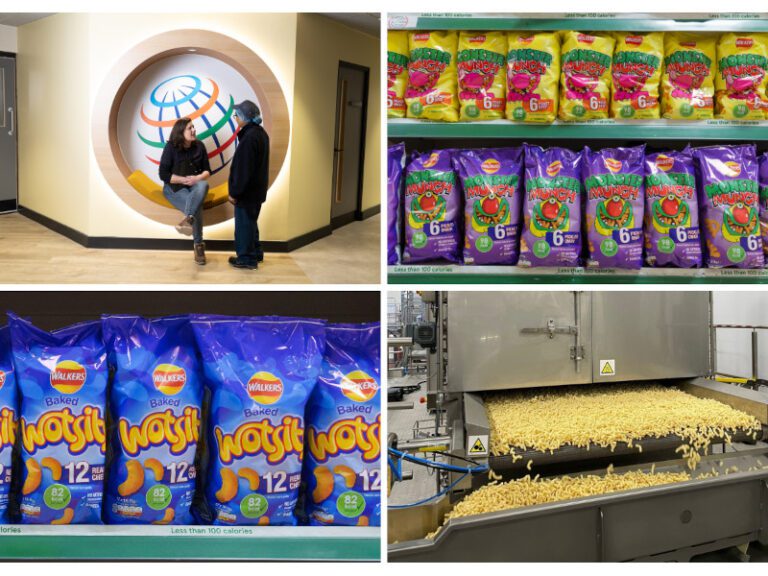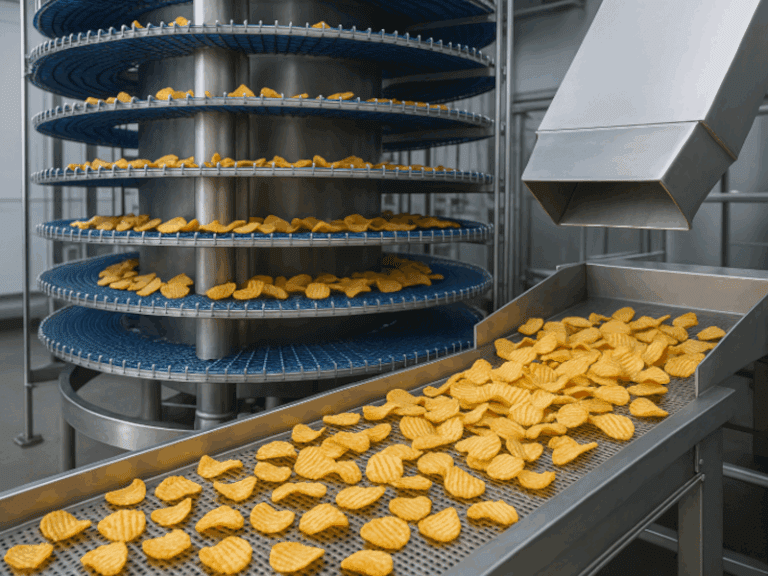In a landscape where consumers crave variety, convenience, and quality in every bite, the snacks industry is evolving rapidly—and nowhere is this more apparent than in the cutting and portioning stage of production. Once considered a routine function, cutting and portioning is now a high-tech, value-driving component central to product consistency, waste reduction, and production efficiency.
Demand for Flexibility and Customisation
Today’s snack manufacturers are dealing with a far more diverse product mix than ever before. From protein-rich bars and layered confectionery squares to vegan-friendly cookies and gluten-free crackers, each product comes with its own set of requirements when it comes to texture, shape, density, and fragility. Cutting and portioning equipment must be agile enough to handle different product formats while maintaining precise portion sizes—particularly important as calorie labelling regulations tighten across global markets.
To meet this demand, manufacturers are increasingly investing in modular slicing and portioning systems. These machines can be adapted or upgraded for various product lines, allowing producers to shift quickly between SKUs without major downtime. Ultrasonic cutting systems, which use high-frequency vibrations to slice cleanly through sticky or delicate products, are especially well-suited for multi-texture snacks like layered bars or filled pastries.
Automation and Digital Integration
Smart manufacturing is also entering the snack-cutting arena. Portioning systems are now integrated with vision-guided robotics and AI-based weight control to improve accuracy and minimise giveaway. Real-time monitoring helps manufacturers adjust cutting parameters on the fly, correcting for slight deviations in ingredient or dough consistency that can otherwise affect final product weight and uniformity.
Data from these systems can be fed into broader enterprise resource planning (ERP) platforms, giving operations teams live insight into yield, throughput, and equipment performance. This data-centric approach not only helps with efficiency but also supports sustainability goals by identifying areas of waste and inefficiency.
Sustainability and Waste Reduction
Reducing food waste is a priority across the food sector, and snack manufacturers are under pressure to streamline their production practices. Cutting and portioning directly influence both raw material utilisation and packaging accuracy. Precision-cutting reduces edge-trim loss and off-spec rework, helping companies move closer to zero-waste goals.
Moreover, the ability to control exact product dimensions enables better packaging alignment, which in turn reduces the amount of plastic or cardboard used—another tick for environmental impact.
Future Directions
As the snacks sector becomes increasingly premium and health-focused, demand for novel formats—such as snackable cubes, portion-controlled bites, or dual-texture bars—will only grow. Manufacturers must continue evolving their cutting and portioning technologies to accommodate these innovations without compromising speed or safety.
Expect continued development in laser and waterjet cutting, further enhancements in AI-powered slicing, and a stronger push for hygienic design as regulatory standards increase.
In short, cutting and portioning has become much more than a mechanical afterthought—it’s a strategic function at the heart of snack innovation, quality, and profitability.

